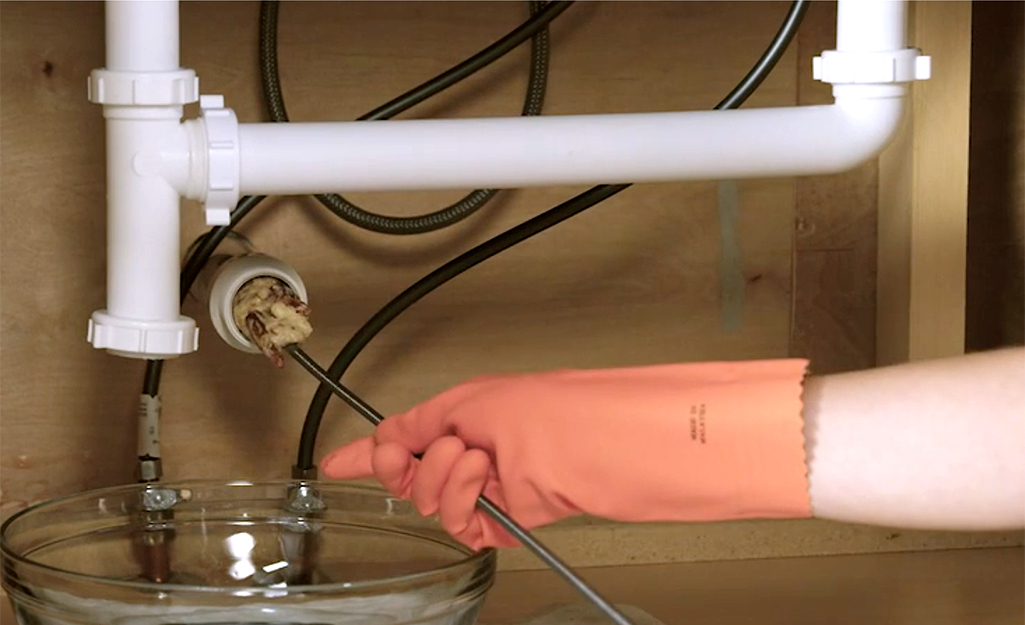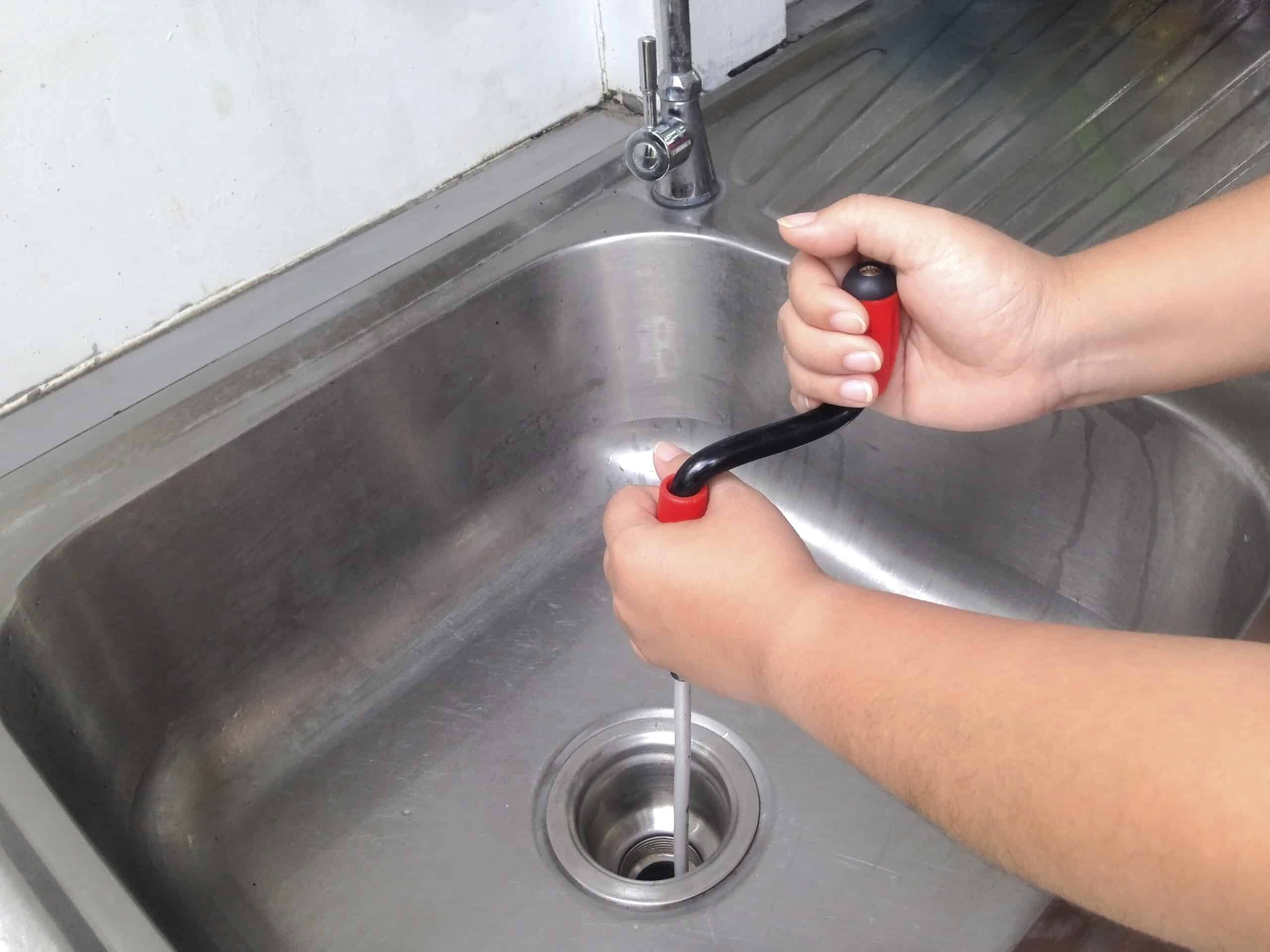Information
Just how do you really feel in regards to DIY Plumbing Fixes?

Blocked kitchen area sinks are among the most common drain concerns property owners face. And what's even more, it's a really awkward and also undesirable sight. Visualize mosting likely to the sink to do your meals as well as finding out that the drain is obstructed and also water can not flow down easily.
Many stopped up drains are triggered by food debris, fat, soap, and oil bits. They block the sink and make it hard for water to drop the drain rapidly. While it is alluring to put a call through to the plumbers, there are a couple of DIY hacks you can try first before making that call.
In this post, we will be considering 5 basic steps you might take to free your cooking area sink from clogs and also conserve you from the pain and embarrassment of taking care of a clogged kitchen area sink.
1. Usage Boiling Water
When confronted with a stopped up sink, the first thing you must try is to pour boiling water down the drain. That has to do with one of the most straightforward solution to clogged up sinks and drains. Boiling water assists counteract the fragments as well as debris triggering the clog, especially if it's soap, grease, or oil bits, and also in most cases, it can flush it all down, and your sink will be back to normal.
Do not attempt this approach if you have plastic pipelines (PVC) because hot water might thaw the lines as well as trigger more damages. If you utilize plastic pipelines, you might want to adhere to utilizing a bettor to obtain particles out.
Utilizing this method, activate the faucet to see how water streams after putting hot water down the drain. If the clog persists, try the process again. Nonetheless, the blockage could be much more relentless in many cases and call for more than just boiling water.
2. Perhaps it's the Garbage Disposal
In numerous cases, the clog may be due to a blockage in the disposal. Use pliers rather.
You can check out the following choice to unblock your kitchen area sink if this does not function.
3. Attempt a Plunger
If the trouble is not from the waste disposal unit, you can try utilizing a plunger. Bettors are standard residence tools for this event, and they can be available in helpful if you utilize them properly. A flat-bottomed bettor is most appropriate for this, but you can make do with what you have is a toilet bettor.
Follow the following basic actions to utilize the plunger properly:
Secure the drain with a cloth and also fill the sink with some warm water
Place the bettor in position over the drain and start plunging
Check to see if the water runs freely after a few dives
Repeat the procedure until the water drainage is complimentary
4. Sodium Bicarbonate as well as Vinegar
Instead of utilizing any kind of kind of chemicals or bleach, this method is more secure and also not hazardous to you or your sink. Baking soda as well as vinegar are day-to-day home products used for lots of various other things, as well as they can do the trick to your kitchen area sink.
Firstly, get rid of any water that is left in the sink with a mug.
Then pour a great quantity of cooking soft drink away.
Pour in one mug of vinegar.
Seal the drainage opening as well as permit it to go for some minutes.
Pour warm water down the tubes to dissolve other persistent residue as well as fragments.
Following this basic technique could suffice, as well as you can have your kitchen sink back. Repeat the procedure as high as you deem needed to free the sink of this particles entirely.
5. Make use of a Hanger
Utilizing a cord towel hanger or a plumber's serpent if you have one can do the technique. All you require do is straighten out the hanger to go down the drainpipe while you very carefully pick out the particles causing the blockage.
Run hot water away after this to see how successful you were.
Final Words
Trying these couple of methods might save you the expenditures of having a plumber check it. But oftentimes, a plumber is what we need. In cases where you find it hard to unblock the sink also after trying all these methods, it might be time to leave it to the specialists.
Get in touch with professional plumbing companies to fix your drainage problems and also other various house plumbing demands.
Blocked kitchen sinks are one of the most usual drainage issues homeowners deal with. Think of going to the sink to do your recipes as well as finding out that the drainpipe is blocked and also water can not move down quickly.
They obstruct the sink and also make it hard for water to go down the drain quickly. When faced with a blocked sink, the very first thing you need to try is to put boiling water down the drain. Boiling water helps reduce the effects of the fragments as well as debris triggering the blockage, specifically if it's grease, soap, or oil bits, and in several situations, it can purge it all down, and your sink will certainly be back to normal.
How to Unclog a Kitchen Sink
Take the Plunge
Start your efforts by plunging. Use a plunger with a large rubber bell and a sturdy handle. Before getting to work on the drain, clamp the drain line to the dishwasher. If you don t close the line, plunging could force dirty water into the dishwasher.
Fill the sink with several inches of water. This ensures a good seal over the drain.
If you have a double sink, plug the other drain with a wet rag or strainer.
Insert the plunger at an angle, making sure water, not air, fills the bell.
Plunge forcefully several times. Pop off the plunger.
Repeat plunging and popping several times until the water drains.Clean the Trap
The P-trap is the curved pipe under the sink. The trap arm is the straight pipe that attaches to the P-trap and runs to the drain stub-out on the wall. Grease and debris can block this section of pipe. Here s how to unclog a kitchen sink by cleaning out the trap:
Remove as much standing water from the sink as possible.
Place a bucket under the pipe to catch the water as it drains.
Unscrew the slip nuts at both ends of the P-trap. Use slip-joint pliers and work carefully to avoid damaging the pipes or fasteners.
If you find a clog, remove it. Reassemble the trap.
If the P-trap isn t clogged, remove the trap arm and look for clogs there. Run the tip of a screwdriver into the drain stub-out to fetch nearby gunk.Spin the Auger
With the trap disassembled, you re ready to crank the auger down the drain line.
Pull a 12-inch length of cable from the auger and tighten the setscrew.
Insert the auger into the drain line, easing it into the pipe.
Feed the cable into the line until you feel an obstruction. Pull out more cable if you need to.
If you come to a clog, crank and push the cable until you feel it break through. The cable will lose tension when this happens.
Crank counterclockwise to pull out the cable, catching the grime and debris with a rag as the cable retracts.

We were made aware of that article about Common Household Plumbing Issues through a good friend on a different domain. Enjoyed our post? Please share it. Let another person find it. Thank you so much for your time invested reading it.
Quality and quick, dial!